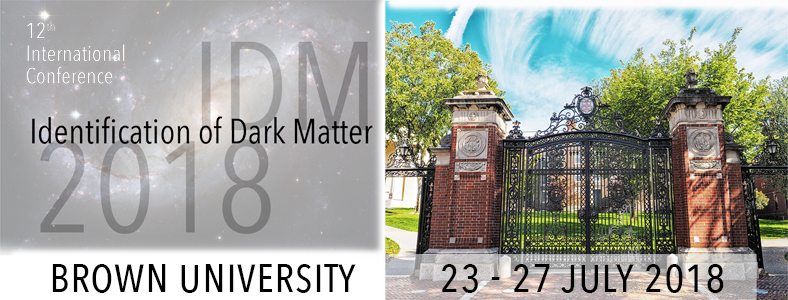Conveners
4.3 Direct Detection
- Reina Maruyama
COSINE-100 is a direct detection dark matter experiment consisting of 106 kg of low-background NaI(Tl) crystal detectors located at the Yangyang Underground Laboratory in South Korea. One of the primary physics goals of COSINE-100 is to search for a WIMP-induced annual modulation signal to confirm or refute DAMA/LIBRA’s claim of dark matter discovery. The search for an annual modulation signal...
Located at the 4850' level of the Sanford Underground Research Facility (SURF) in Lead, SD, the Majorana Demonstrator (MJD) experiment is searching for neutrinoless double beta decay in Ge-76 with high-purity Germanium (HPGe) detectors. The combination of low-activity materials of the Demonstrator and careful control of cosmic-ray exposure to the enriched Ge detectors have resulted in a...
An important topic in dark matter research is the search for sub-GeV dark matter. Direct detection searches for sub-GeV dark matter can be conducted through scattering on Silicon nuclei utilizing a detector with energy threshold on the order of 10 eV. This low threshold can be achieved by thermalizing a Transition-Edge Sensor (TES) based detector with gram scale silicon absorbers. This...
Dark matter is a main ingredient of the cosmos, its nature however is still in the dark. At present, after enormous progress in direct dark matter searches, the situation of this key question of today’s particle physics is controversial: DAMA/LIBRA observes an annual modulation signal at high confidence matching the expectation for dark matter. In the so-called standard scenario, however, the...
Motivated by various theoretical models, the direct search for dark matter (DM) at the sub-GeV/c² mass scale gained special interest during the last years. In case of individual DM-electron interactions in Si-semiconductor devices, this requires a readout noise level of less than 1e- RMS.
The Depleted P-channel Field Effect Transistor (DEPFET) with Repetitive Non Destructive Readout...
CRESST is a direct dark matter detection experiment operating $CaWO_4$ target crystals as particle detectors at cryogenic temperatures. The third generation of CRESST detectors features nuclear recoil energy thresholds below $100eV$ combined with a sophisticated veto system for holder and surface related backgrounds in addition to the standard scintillation light based event-by-event particle...
